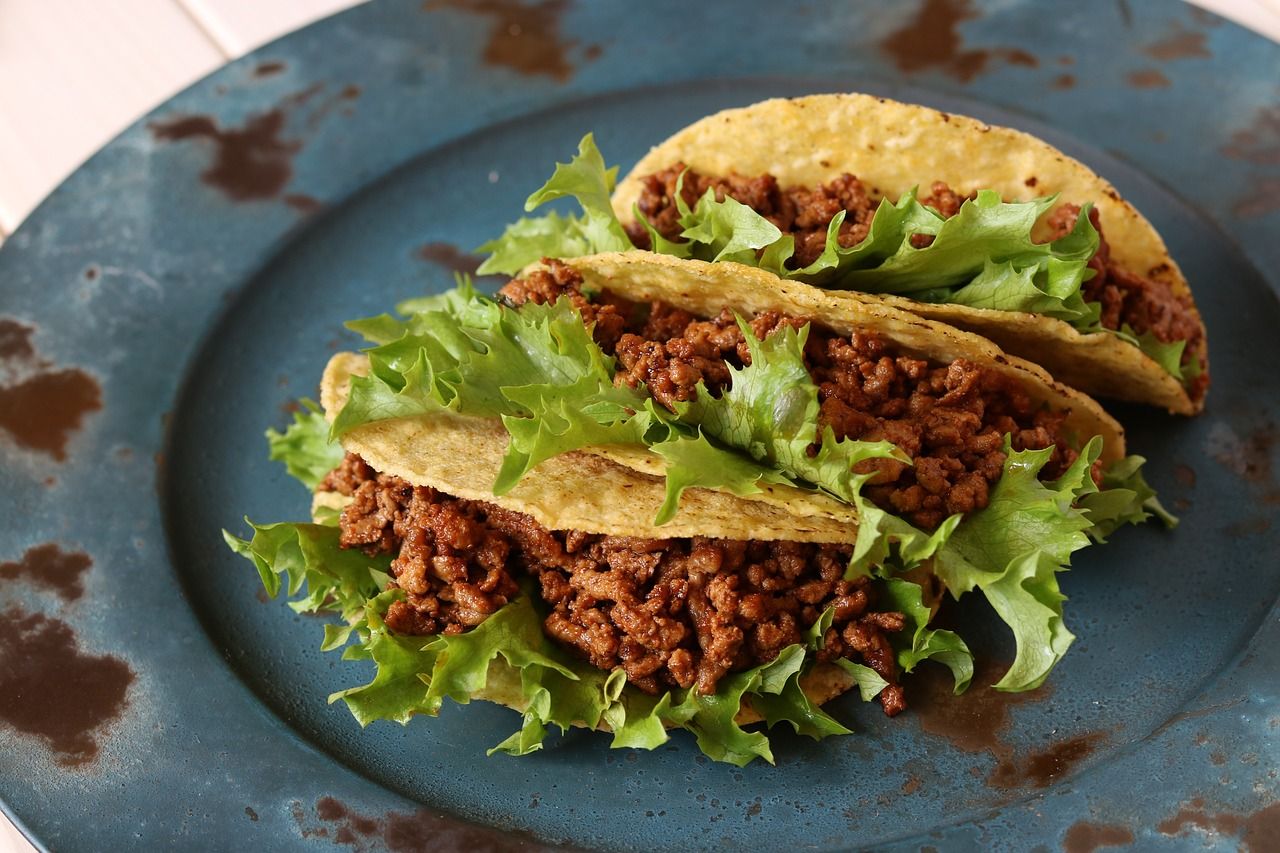At 43 years old, Tom Brady made history as the oldest player to ever play in a Super Bowl, securing his tenth appearance in the big game and claiming his seventh championship title. This unparalleled longevity and consistent peak performance aren’t just the result of hard work and training; they’re deeply rooted in a meticulously crafted lifestyle, with nutrition at its core.
Brady’s commitment to fitness and agility, even in his later years, is often attributed to the guidance of his personal trainer and body coach, Alex Guerrero, who also emphasizes early bedtimes and flexibility. However, perhaps the most significant and often discussed aspect of his regimen is his adherence to a strict anti-inflammatory, plant-based diet. This dietary philosophy, largely developed with the help of his former personal chef, Allen Campbell, focuses on eliminating many popular foods that are believed to hinder optimal physical function.
His meals famously consist of roughly 80 percent plant-based foods and 20 percent animal-based foods, a ratio designed to promote a balanced pH level and combat inflammation. Brady’s belief is that what you don’t eat is just as crucial as what you do consume. We’ve delved into interviews with his former personal chef and blog posts from his TB12 website to compile the definitive list of foods Tom Brady consistently avoids, and the powerful reasons behind each decision. Prepare to revolutionize your understanding of peak performance nutrition!
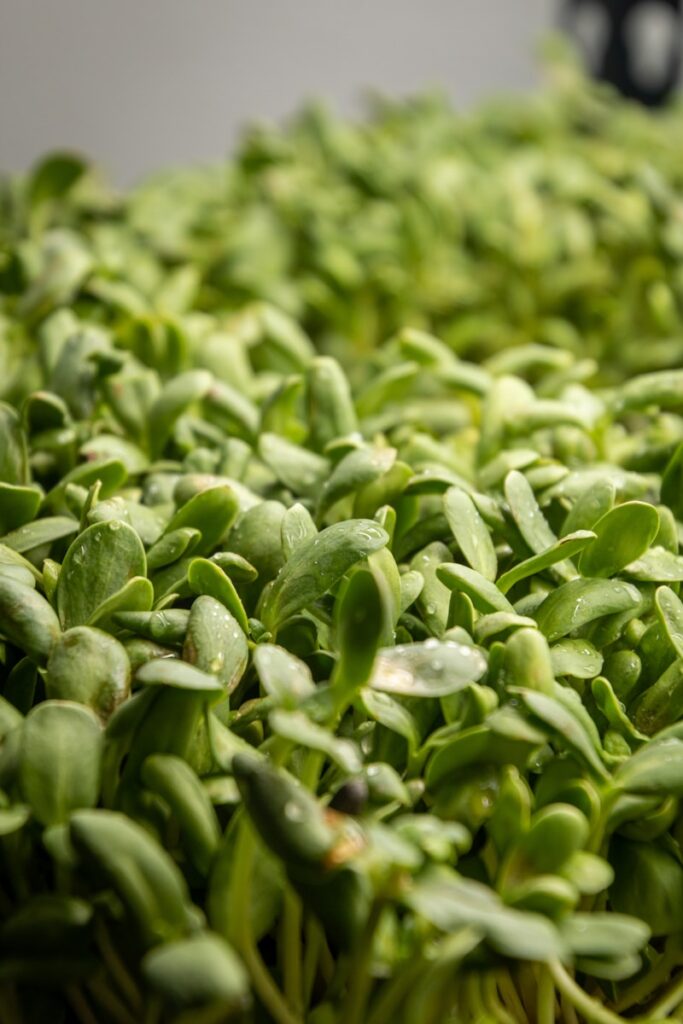
1. **GMOs (Genetically Modified Organisms)**Tom Brady’s dietary approach places a significant emphasis on the purity and origin of his food, a philosophy championed by his former personal chef, Allen Campbell. When it comes to genetically modified organisms, the avoidance is absolute and deliberate. Campbell clearly stated his commitment to sourcing food with intention, saying, “I make conscious decisions to buy local and organic, and to stay away from GMOs, and to think about the future of the planet and the future of humans.” This isn’t just a nutritional choice; it’s a profound statement about environmental and long-term health.
For Brady and his team, the decision to eschew GMOs is deeply intertwined with a broader commitment to whole, natural foods. The focus is on consumption that aligns with sustainable practices and minimizes potential unknown variables in his diet. By opting for local and organic produce, they ensure that the ingredients fueling his body are as untampered with as possible, reflecting a belief that unprocessed and unadulterated food is fundamental to his high-level athletic performance and overall well-being.
This avoidance of GMOs underscores a foundational principle of the TB12 Method: a preference for foods that are as close to their natural state as possible. It’s about taking proactive steps to support bodily health by eliminating anything perceived as potentially inflammatory or unnatural. This mindful sourcing strategy is a cornerstone of how Brady maintains his remarkable physical condition and contributes to his sustained success on the field.
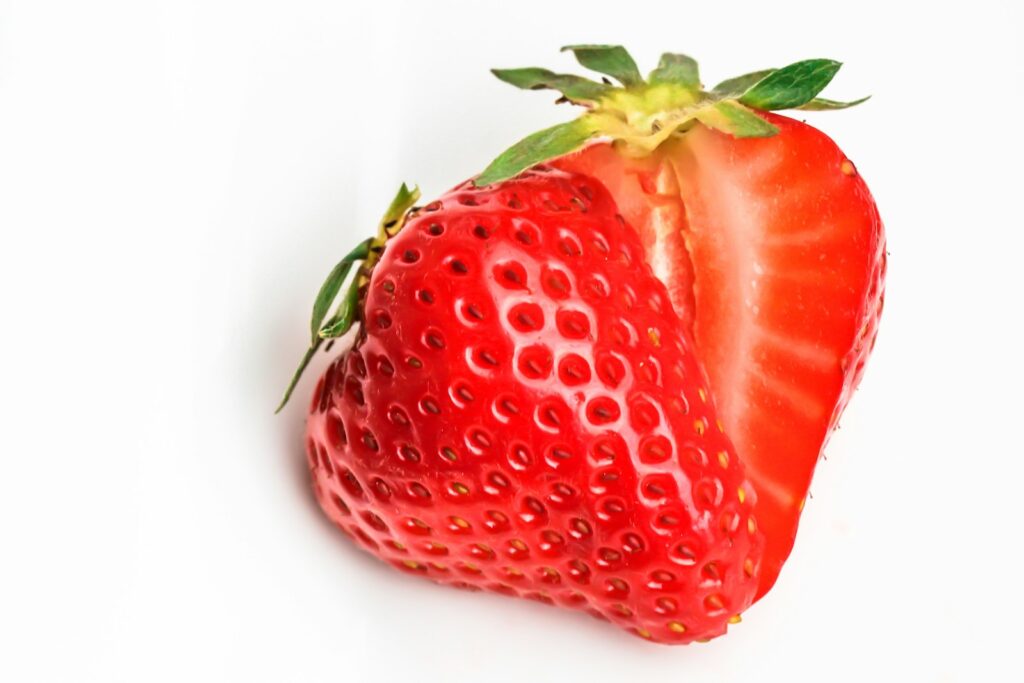
2. **Strawberries**While many of the foods Tom Brady avoids are tied to anti-inflammatory principles or potential health risks, his exclusion of strawberries stands out for a surprisingly simple and personal reason. It’s not about scientific backing or a complex nutritional theory; it’s purely a matter of sensory preference. According to a TB12 blog post, Brady simply doesn’t like the smell of strawberries.
This revelation offers a fascinating glimpse into the human side of an elite athlete’s incredibly strict diet. It demonstrates that even within a highly disciplined regimen, there’s room for individual quirks and personal dislikes that aren’t necessarily rooted in performance enhancement. While strawberries are often lauded for their high vitamin C content and antioxidant properties, for Brady, the aromatic experience trumps any potential nutritional benefits he might otherwise seek out from the fruit.
The inclusion of this detail highlights that while his diet is intensely focused on optimization, it’s also practical and tailored to his individual preferences. It reminds us that even heroes of athleticism have everyday preferences, and sometimes, a food is avoided not for its inflammatory properties, but merely because the scent isn’t appealing. It’s a refreshing touch of relatable humanity within a typically rigorous discussion of athletic nutrition.
Read more about: Get Ready To Relive Your Childhood: 15 Iconic ’90s Snacks We Desperately Need Back In Our Lives
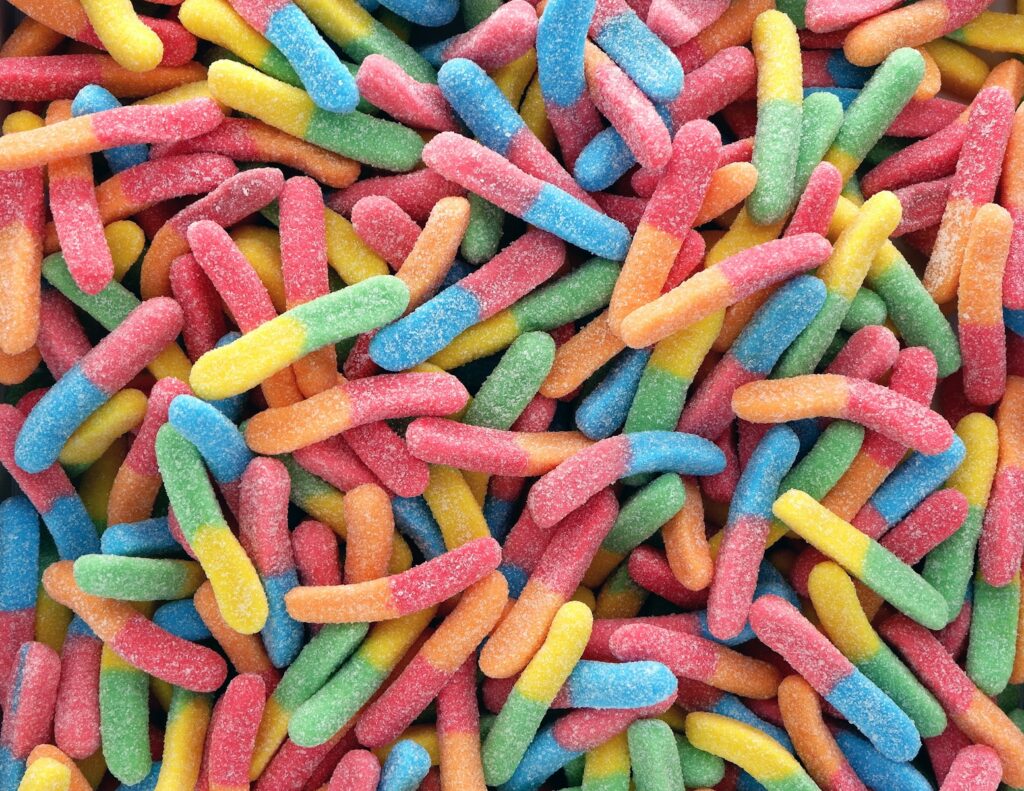
3. **Processed Sugars & Refined Carbohydrates**Tom Brady is unequivocal about his stance on processed sugars and refined carbohydrates, seeing them as significant impediments to his anti-inflammatory diet. His philosophy is clearly articulated in a TB12 blog post, where he states, “I try to avoid eating anything that comes in a box or a bag, as well as foods containing white flour or added sugars.” This broad exclusion targets a vast array of common pantry staples and treats, from white bread and pasta to sugary cereals and baked goods like cakes and cookies.
The core reason for this avoidance is his relentless pursuit of reducing inflammation within his body. Brady explicitly notes, “Less inflammation is the key for me.” Sugars and refined carbs are well-known culprits for triggering inflammatory responses, which can hinder recovery, cause discomfort, and detract from peak physical performance. By eliminating these items, he aims to create an internal environment conducive to rapid healing and sustained energy levels.
Moreover, the context provided reinforces the dangers of sugar specifically, stating, “Sugar is high in acidity and can cause inflammation in the body. Additionally, sugar has been linked to various health problems, including obesity, diabetes, and heart disease.” This scientific backing solidifies Brady’s dietary choice as not just a performance enhancer, but a strategy for long-term health and disease prevention. The comprehensive avoidance of these pervasive ingredients is a cornerstone of his diet, reflecting a deep understanding of their potential negative impacts on an athlete’s body.
Read more about: Eat Cleaner, Sleep Deeper: The 10 Worst Dinner Choices Disrupting Your Rest, According to Sleep Experts
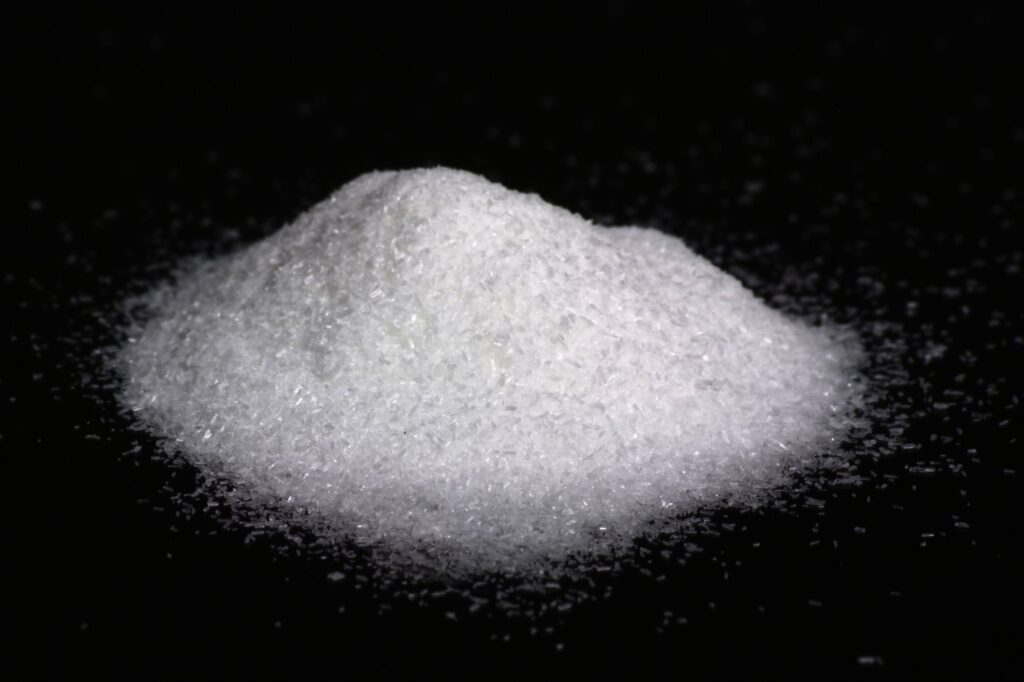
4. **MSG (Monosodium Glutamate)**MSG, or monosodium glutamate, is another highly processed additive that finds no place in Tom Brady’s diet. His former personal chef, Allen Campbell, confirmed this exclusion during his 2016 interview with the Boston Globe. This deliberate avoidance aligns perfectly with Brady’s overall dietary philosophy, which prioritizes whole, unprocessed foods over those containing artificial or complex additives.
As a highly processed additive, MSG is often found in packaged and fast foods, which are inherently outside the scope of Brady’s clean-eating regimen. The decision to skip MSG underscores a broader commitment to minimizing exposure to anything that could potentially disrupt the body’s natural balance or trigger adverse reactions. For an athlete like Brady, every ingredient is scrutinized for its impact on performance and recovery.
While the context doesn’t delve into the specific mechanisms of why MSG is avoided beyond its classification as a “highly-processed additive,” its exclusion fits neatly into the TB12 Method’s overarching goal of reducing inflammation and consuming nutrient-dense, natural foods. By cutting out such additives, Brady aims to maintain a pristine internal environment, allowing his body to function at its absolute best without interference from synthetic compounds.
Read more about: The Culinary Alchemist: 14 Simple Yet Powerful One-Ingredient Kitchen Hacks That Elevate Every Dish

5. **Non-Organic Food**The commitment to organic produce and meats is a non-negotiable aspect of Tom Brady’s diet, as articulated by his former personal chef, Allen Campbell. This preference isn’t merely a fleeting trend; it’s a deeply ingrained practice that underpins the entire TB12 nutrition philosophy. Campbell explicitly stated that he “only cooks with organic foods,” highlighting a foundational standard for all ingredients used in Brady’s meals.
This dedication to organic sourcing means that any conventional produce or meats are unequivocally “off the table.” The selection of ingredients is rigorous, with Campbell often frequenting farmer’s markets or Whole Foods to ensure the highest quality and adherence to organic principles. This practice reflects a belief that organically grown foods are less likely to contain pesticides, herbicides, and other synthetic chemicals that could potentially contribute to inflammation or negatively impact health.
By consistently choosing organic, Brady’s diet aims to provide his body with the purest form of nutrients, free from common contaminants found in conventionally farmed products. This choice supports his overarching goal of minimizing inflammation and maximizing cellular health, which are crucial for an athlete striving for peak performance and career longevity. It’s a testament to the belief that the quality of ingredients directly correlates with the quality of athletic output and overall well-being.
Read more about: When Perfection Cracks: Dissecting 13 Inherent Flaws That Lead to Consumer Product Recalls

6. **Iodized Salt**In Tom Brady’s meticulously curated diet, even the seemingly minor details like the type of salt used are carefully considered. According to his former personal chef, Allen Campbell, iodized salt is strictly avoided. Instead, the preferred sodium source is “Himalayan pink salt,” a choice that reflects a broader preference for natural, less processed ingredients.
While Brady’s diet opts out of iodized salt, it’s important to note the nutritional context surrounding this decision. The article mentions that “nutrition experts recommend making iodized salt a staple in a healthy diet, as many people don’t consume enough of the nutrient, which is essential to a healthy thyroid.” This highlights a potential divergence from general nutritional advice, indicating that Brady’s dietary choices are highly individualized and potentially supplemented in other ways to ensure all essential nutrients are covered.
For Brady, the emphasis is on purity and the avoidance of additives often found in common table salts. Himalayan pink salt is often chosen for its trace minerals and unrefined nature, aligning with the TB12 Method’s focus on whole, natural foods. This specific preference for an alternative salt underscores the comprehensive nature of his diet, where every element, no matter how small, is optimized to support his anti-inflammatory and performance-driven goals.

7. **Canola Oil**Another significant exclusion from Tom Brady’s diet, as confirmed by his former personal chef Allen Campbell, is canola oil. The reason for this avoidance is directly linked to concerns about its chemical composition and potential health implications. Campbell explicitly stated, “Fats like canola oil turn into trans fats,” highlighting a critical concern within the TB12 nutritional framework.
Trans fats are notoriously detrimental to health, known to contribute to inflammation and an increased risk of chronic diseases. By eliminating canola oil, Brady’s diet proactively removes a source of these undesirable fats, aligning with his overarching goal of an anti-inflammatory and health-optimizing regimen. Instead of vegetable oil varieties like canola, Campbell substitutes healthier alternatives, specifically mentioning the use of “olive oil and coconut oil.”
Read more about: The Truth About Cooking Oils: Which Ones Fuel Inflammation and How to Make Healthier Swaps
This deliberate choice of cooking oils reflects a preference for fats that are either monounsaturated (like olive oil) or saturated with beneficial medium-chain triglycerides (like coconut oil), both of which are generally considered more stable and less prone to creating inflammatory compounds when cooked. The avoidance of canola oil, therefore, is not an isolated decision but a consistent application of the principle to consume healthy, stable fats that support cellular function and minimize systemic inflammation, crucial for an athlete’s rigorous demands.



